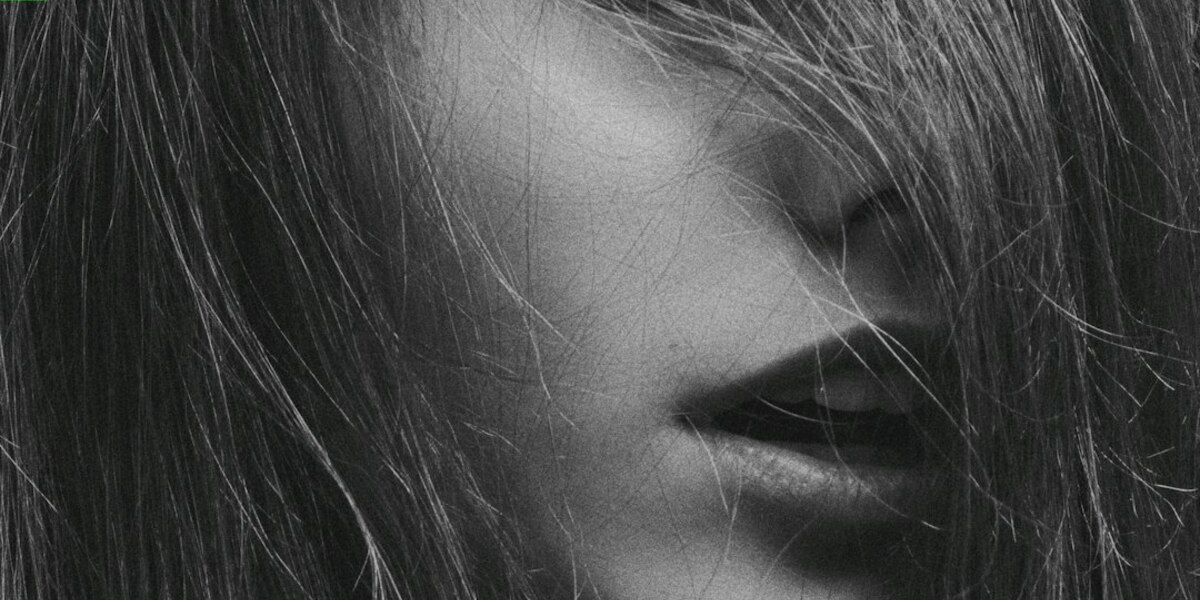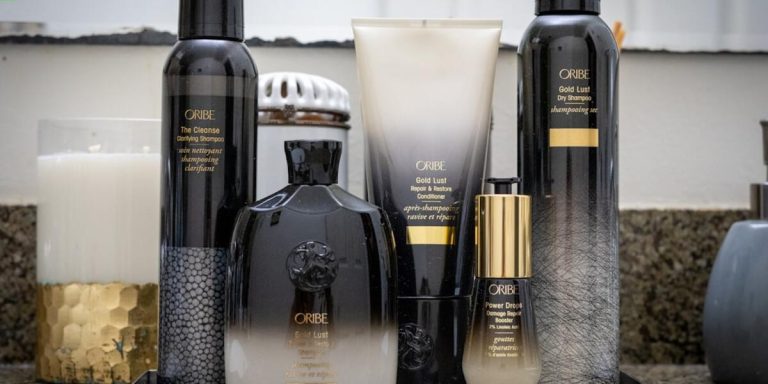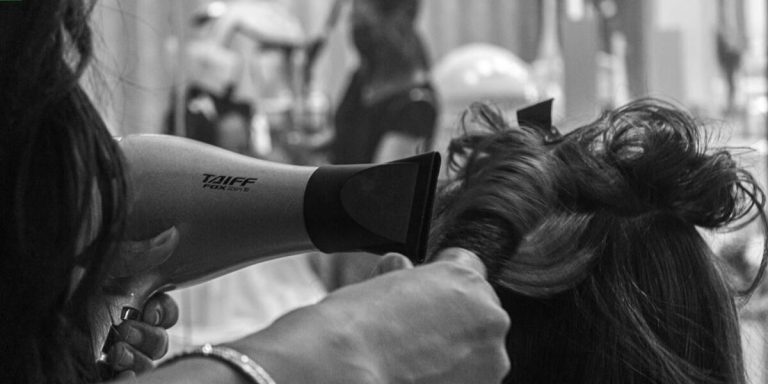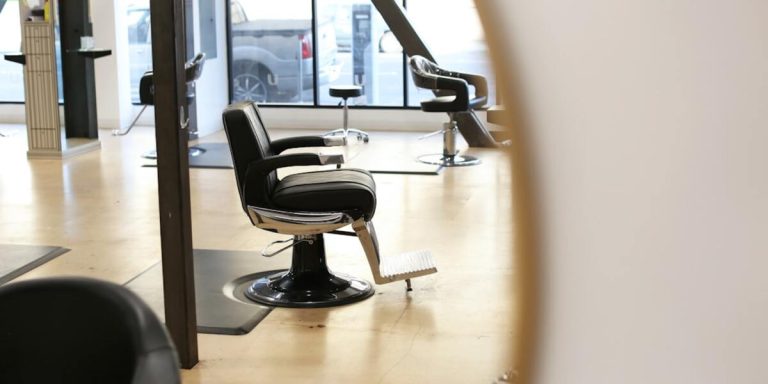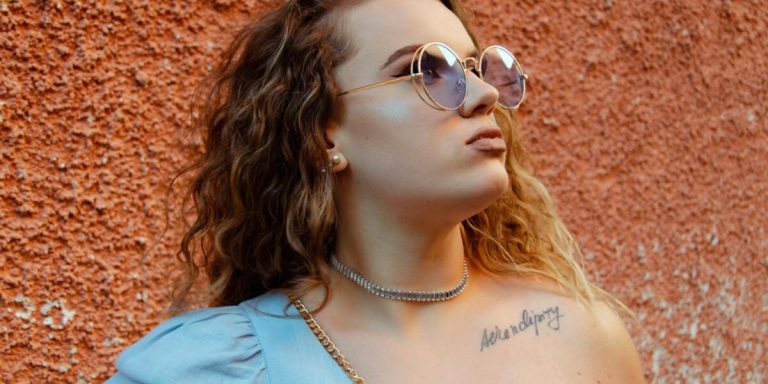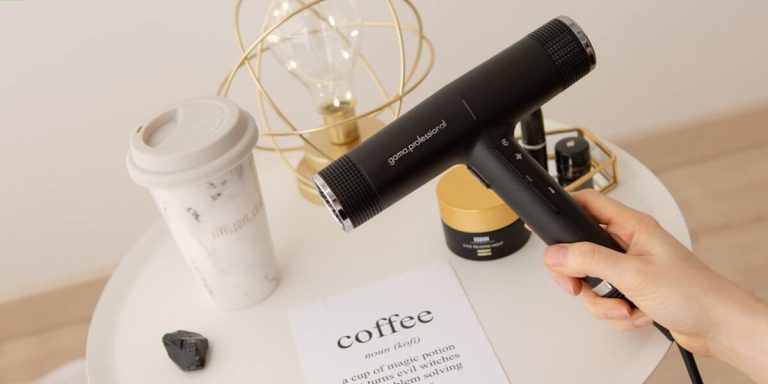Trichotillomania Hair Regrowth: A Comprehensive Guide to Overcoming Challenges and Finding Success
Trichotillomania hair regrowth can often be a complex and challenging journey for many individuals struggling with this condition. Understanding the intricate nature of trichotillomania is essential in overcoming its effects on your hair health, as it involves not just physical but also mental aspects. The impact of frequent and compulsive hair-pulling leaves both visible scars and impacts overall well-being.
This blog post aims to meticulously guide readers through their path towards healing from Trichotillomania-related hair loss by delineating effective strategies that encompass medical treatments, psychological therapies, lifestyle modifications, as well as natural remedies. Explore how you can break free from this cycle to regain not only your lost locks but more importantly – confidence in yourself.
Did you know?
Contrary to popular belief, trichotillomania-induced hair regrowth is distinct and slower than normal due to the damage done at the follicle level during repetitive pulling.
Understanding Trichotillomania and Its Impact on Hair Growth
Trichotillomania, also known as hair-pulling disorder, affects many individuals worldwide. It involves irresistible urges to pull out one’s own hair from various parts of the body, such as the scalp or eyebrows. This behavior not only results in visible bald patches but also significantly impacts an individual’s self-confidence and emotional well-being.
In 2023, where appearance is crucial in our personal and professional lives, it’s paramount to understand trichotillomania. We must foster greater empathy and support for those afflicted.
Hair regrowth after trichotillomania requires patience combined with consistent care routines since the condition does more than just physical damage; it leaves its mark on psychological health too. The chronic nature of this disorder can lead to damaged hair follicles over time if left unchecked which hinders natural re-growth process making recovery even tougher than anticipated.
Importantly it should be noted that controlling these compulsive behaviours needs medical intervention along with topical treatments geared for stimulating growth while nurturing existing strands simultaneously. Hair specialists now have access to advanced techniques aimed at reversing effects of Trichotillomaniac episodes thereby giving sufferers hope and renewed confidence in their journey toward recovery.
Defining Trichotillomania: Causes and Symptoms
The root cause of trichotillomania remains unclear in 2023’s scientific landscape but there are several theories that link this disorder to genetic predisposition or chemical imbalances within the brain. As such it may be set off by stressors such as anxiety, depression, or extreme emotional tension.
Symptoms include repeated pulling of one’s own hair resulting in bald patches on scalps; eyebrows and eyelashes can also fall victim to the same unwelcome habit. The affected person might experience pleasurable sensations during the act of pulling – oddly satisfying yet destructive at its core.
Understanding these triggers for ‘trich’ (as it is commonly called) marks an essential step towards exploring effective treatment strategies leading us straight into our primary focus: Trichotillomania Hair Regrowth.
Managing trich involves not only curbing impulses but also mitigating damage already done – inviting us to delve deeper into restoration procedures that help reclaim lost strands due to habitual pulling.
In subsequent sections we will explore pioneering solutions from evolving sciences like ‘hair cloning’ alongside traditional approaches like Minoxidil application & nutrient-rich diets aimed specifically towards revitalizing follicular cells for ultimate regrowth potential!
Psychological and Physical Effects on Hair Follicles
Trichotillomania, a compulsive hair-pulling disorder, can have profound effects on the health of your hair follicles. To fully comprehend this impact and identify strategies for trichotillomania hair regrowth, it’s essential to understand both its psychological and physical implications.
On the mental front, stress is one of the main triggers identified in individuals battling with trichotillomania. High levels of anxiety or emotional trauma often precede episodes of intense urge to pull out hairs from their roots – an act that provides temporary relief but results in damage to the scalp over time.
Physically speaking, repetitive pulling can lead to irreversible harm if not addressed properly. Every strand pulled forcefully disrupts healthy growth patterns leaving behind weakened or inflamed follicles prone to thinning and balding.
Primarily through targeted treatments designed around disrupting these negative cycles. Managing underlying emotional factors might involve everything from cognitive-behavioral therapy (CBT) aiming at reducing stress responses through various mindfulness techniques such as relaxation exercises or even yoga practices aimed at promoting overall wellness including healthier scalp environment conducive for renewed re-growth journey.
Proven Strategies for Encouraging Hair Regrowth Post-Trichotillomania
Trichotillomania, often termed as hair-pulling disorder, can lead to substantial hair loss and emotional distress. However, the good news is that there are various proven strategies available today for encouraging hair regrowth post this condition in 2023.
The first step towards recovery involves channeling your energy positively. This implies focusing on a healthy lifestyle involving balanced nutrition and regular exercise which play an essential role in promoting fresh growth. Eating foods rich in vitamins A, B, C and E alongside iron helps nourish your scalp from within while exercises like yoga help reduce stress levels thereby discouraging obsessive-compulsive habits like trichotillomania.
Another promising strategy includes applying topical treatments containing ingredients known for enhancing follicular health such as minoxidil or rosemary oil regularly onto your scalp where thinning has occurred due to habitual pulling out of hairs. These products stimulate blood flow into these areas facilitating new growth over time if used consistently under professional supervision.
Seek medical consultation early if you frequently feel the urge to pull out your hair. This is the main way to fight complications like noticeable bald patches that come with trichotillomania. Make these simple changes to your daily routine to help:
- Incorporate the effective remedies mentioned above.
- Regain lost strands of hair.
- Boost your self-esteem.
Thanks to successful management, you can gradually improve, unlike in the past when solutions were limited.
Implementing a Targeted Nutritional Approach to Boost Follicle Health
Implementing a targeted nutritional approach can significantly boost follicle health and encourage trichotillomania hair regrowth. As we delve into the specifics, keep in mind that our bodies reflect what we feed them, with our hair being no exception.
First off, invest time in understanding your body’s unique dietary needs. Not every diet suits each individual similarly; thus personalization is key here. Working with a nutritionist could be beneficial to develop an optimal plan for you.
One of the most crucial nutrients for healthy hair growth is protein. Hair strands are primarily composed of proteins; hence incorporating plenty of lean meat or plant-based proteins like lentils and chickpeas into your meals will foster stronger roots and healthier new hairs.
Zinc also plays an essential role inducing cell proliferation needed during active phases of trichotillomania hair regrowth process . Foods such as whole grains, oysters, spinach are excellent sources brimming richly in zinc .
Biotin has gained substantial prominence due to its ability to strengthen weak follicles often encountered post-trichotillomania phase. Fortify your eating routine by adding nuts especially almonds , dairy products including eggs coupled with salmon which indeed serves as excellent biotin providers .
Innovative Medical Treatments and Topical Solutions
Addressing trichotillomania hair regrowth requires a multifaceted approach involving both medical interventions and topical remedies. This section delves into some of the most innovative strategies currently available in 2023 that can help accelerate the process.
The first line of defense against severe hair loss post-trichotillomania often involves medication. Selective serotonin reuptake inhibitors (SSRIs) are commonly prescribed by health professionals to manage symptoms associated with this condition, which include an overwhelming urge to pull out one’s own hair. These drugs work wonders in reducing anxiety levels – a significant trigger for many sufferers of trichotillomania.
Another promising strategy lies within newer class medications known as N-acetylcysteine (NAC). Several studies have confirmed their positive effects on improving impulse control, thus aiding in managing behaviors linked with Trichotillomania and supporting healthy hair regrowth over time.
Let’s explore topical solutions beyond oral medications. Dermatologists worldwide frequently recommend Minoxidil solution for its proven effectiveness in promoting new growth once excessive pulling stops. It works by encouraging blood flow to the follicles, stimulating them into their active growth phase more quickly than usual and without adverse side effects, making it a widely accepted part of the recovery regimen for those with Trichotillomania.
Lifestyle Adjustments to Support Trichotillomania Recovery
Stepping onto the road to recovery from Trichotillomania requires more than just access to treatment and therapy. It also necessitates a holistic shift in lifestyle, which includes modifications in daily routines and habits that support hair regrowth. In 2023, science backs up certain changes such as healthy dieting, stress management techniques and regular exercise regimes; these are proven to accelerate trichotillomania recovery by facilitating natural hair regeneration.
A key aspect of this journey is dietary modification with emphasis on consuming nutrient-rich food items. Minerals like zinc have been linked directly to healthy hair growth whereas antioxidants help combat oxidative stress – often observed in people struggling with compulsive disorders including trichotillomania.
Switching over processed foods for fresh fruits & vegetables can make an enormous difference not only concerning mental well-being but also initiating healthier patterns of hair growth.
Stress management plays another significant role because higher stress levels aggravate symptoms associated with Trichotillomania hence impeding effective recovery efforts.
Tranquil activities like yoga or meditation lower cortisol (the primary ‘stress hormone’) levels thereby slowing down unnecessary follicle deterioration caused due to prolonged tension state while fostering conditions conducive for improved strands emergence.
The Role of Stress Management in Preventing Relapse
Managing stress plays a crucial role in trichotillomania hair regrowth and preventing relapse. Trichotillomania, often triggered by anxiety or stress, induces an urge to pull out one’s own hair leading to noticeable hair loss over time.
Start with acknowledging your triggers. Understand what situations or feelings ignite the compulsion to pull your hair. Pinpointing these can offer better control as you navigate through them consciously.
Adopt healthy coping strategies like exercise which serve two purposes: They reduce overall levels of tension while boosting self-esteem – both beneficial for individuals grappling with trichotillomania and seeking healthier responses towards times of high-pressurizing circumstances.
Lastly, consider professional assistance if needed. Sometimes it’s harder than expected managing everything alone—a qualified therapist specializing in cognitive-behavioral therapy (CBT) might prove instrumental here! CBT focuses on changing patterns thinkingand behavior ultimately helping patients recognize destructive tendencies before they escalate further aiding immensely in combating relapses whilst promoting steadyhair growth journey!
Creating a Healthy Scalp Environment Through Gentle Hair Care Practices
Creating a healthy scalp environment is an essential step to encourage “trichotillomania hair regrowth”. Gentle hair care practices not only protect your existing strands, but also foster new growth. Remember, it’s not just about stopping the pulling; it’s about promoting healing and recovery for your scalp too.
Let’s dive into some of these gentle hair care practices:
Firstly, opt for a shampoo that is designed specifically for sensitive scalps. These are often free from harsh chemicals and fragrances which can cause irritation or dryness. Instead, they’re packed with soothing ingredients like chamomile or oatmeal extracts.
Using such products regularly helps maintain optimal conditions on your scalp aiding in trichotillomania hair regrowth.
Secondly,enriching our diets with foods high in vitamins A,E,C along with minerals like zinc and iron has shown significant positive impact towards improving overall health including the condition of our scaIps.Don’t forget hydrating adequately as hydration plays key role in maintaining good skin and scaIp health.
Conclusion
In the end, your journey to trichotillomania hair regrowth is a personal one. It’s full of challenges and triumphs unique to you but remember that every stumbling block is an opportunity in disguise for progress. With patience, determination, and the comprehensive knowledge provided here about overcoming these hurdles, success might be closer than you think!
Don’t let this stop at reading though! Our website houses a treasure trove of information related directly or indirectly with ‘Hair Regrowth’ which can further aid you on your quest back to luscious locks. So never hesitate to delve deeper into other resources available here; who knows?
You may find more pearls of wisdom waiting just around the corner.

